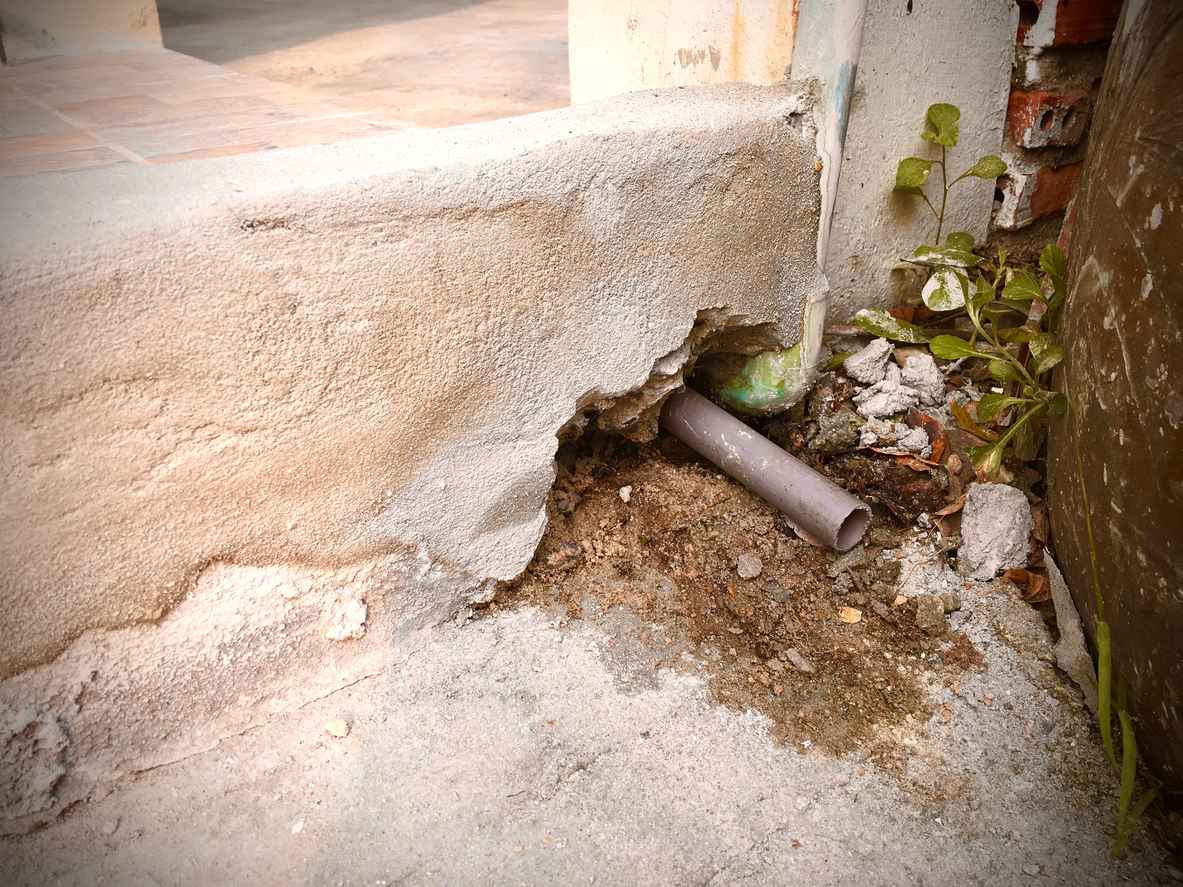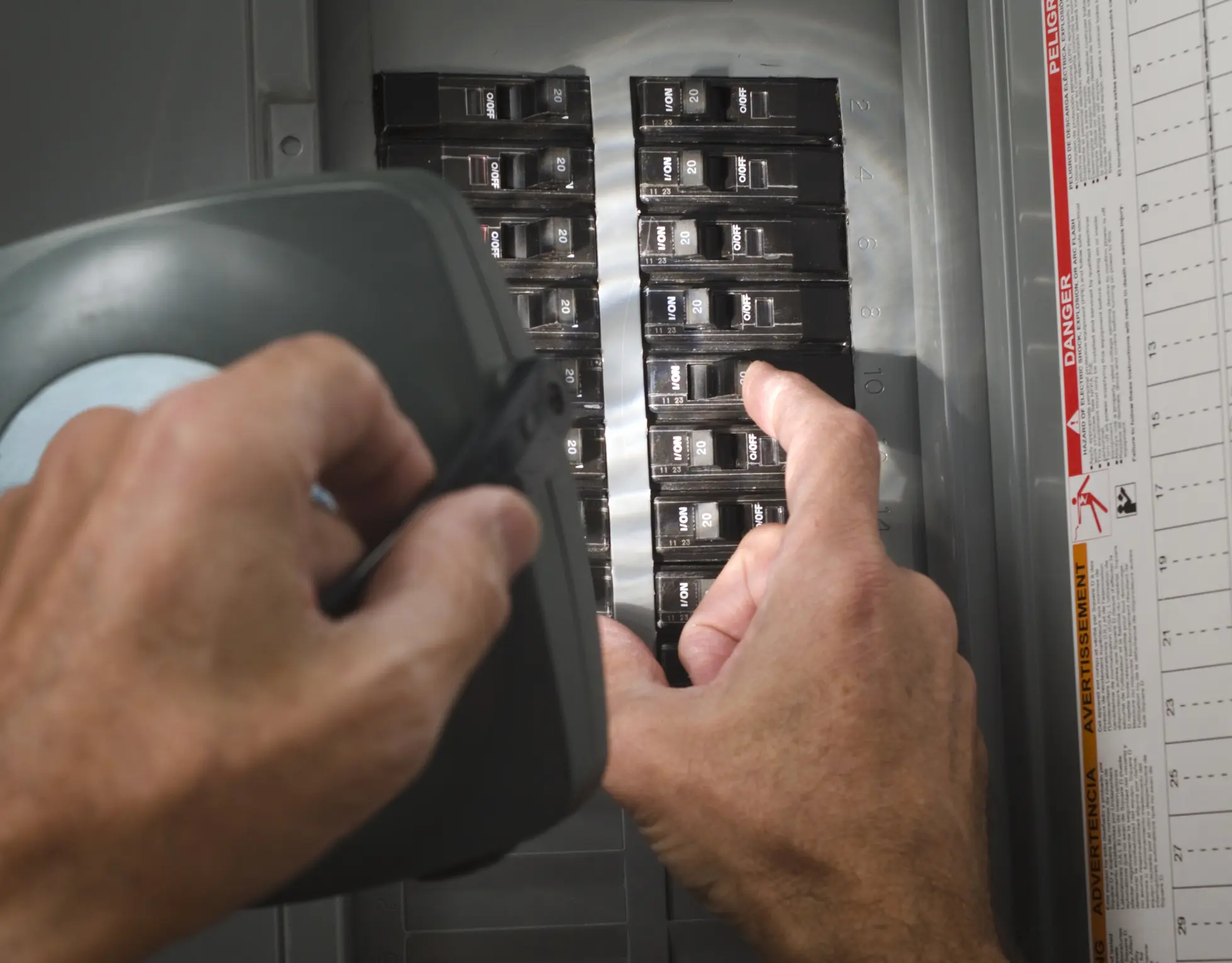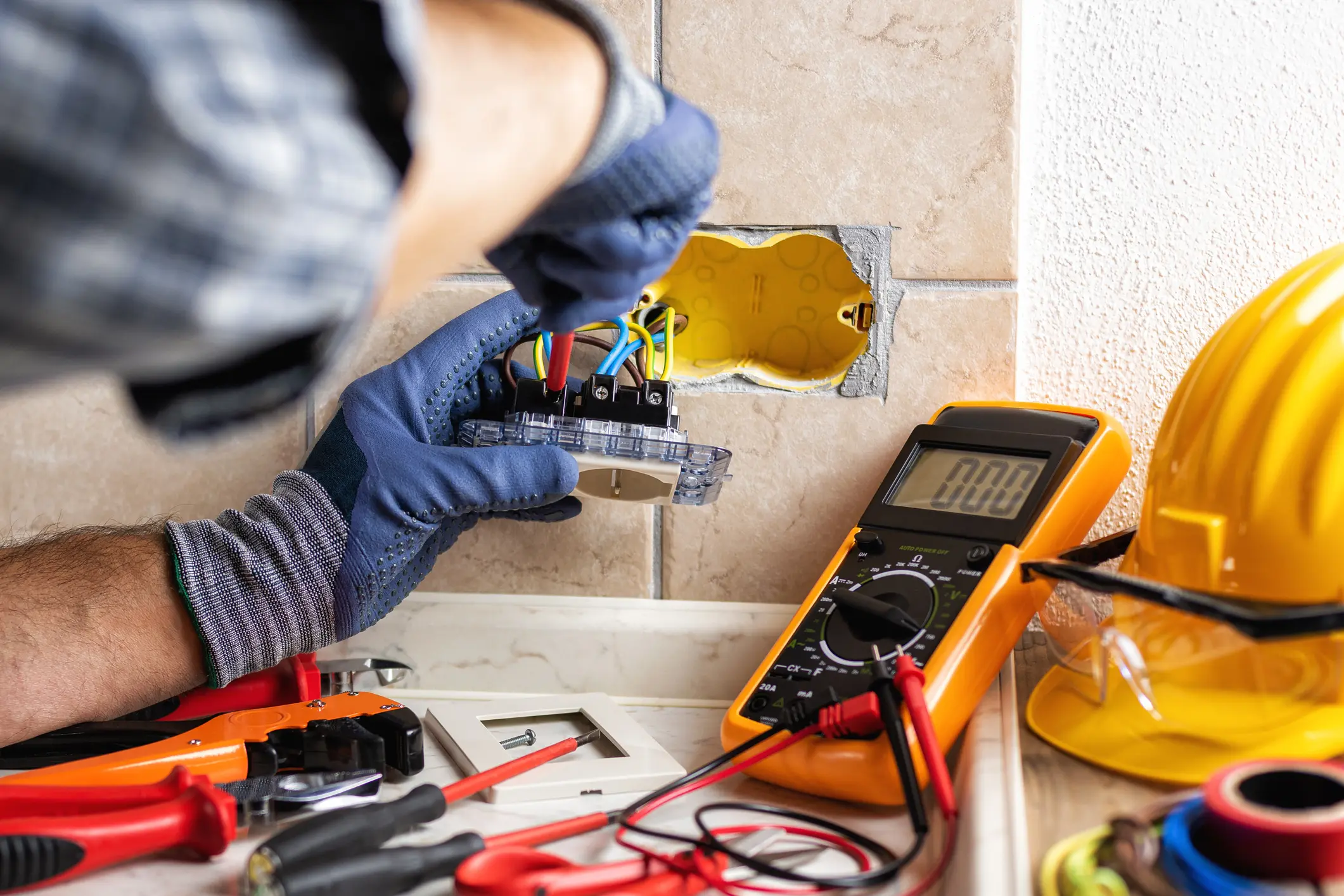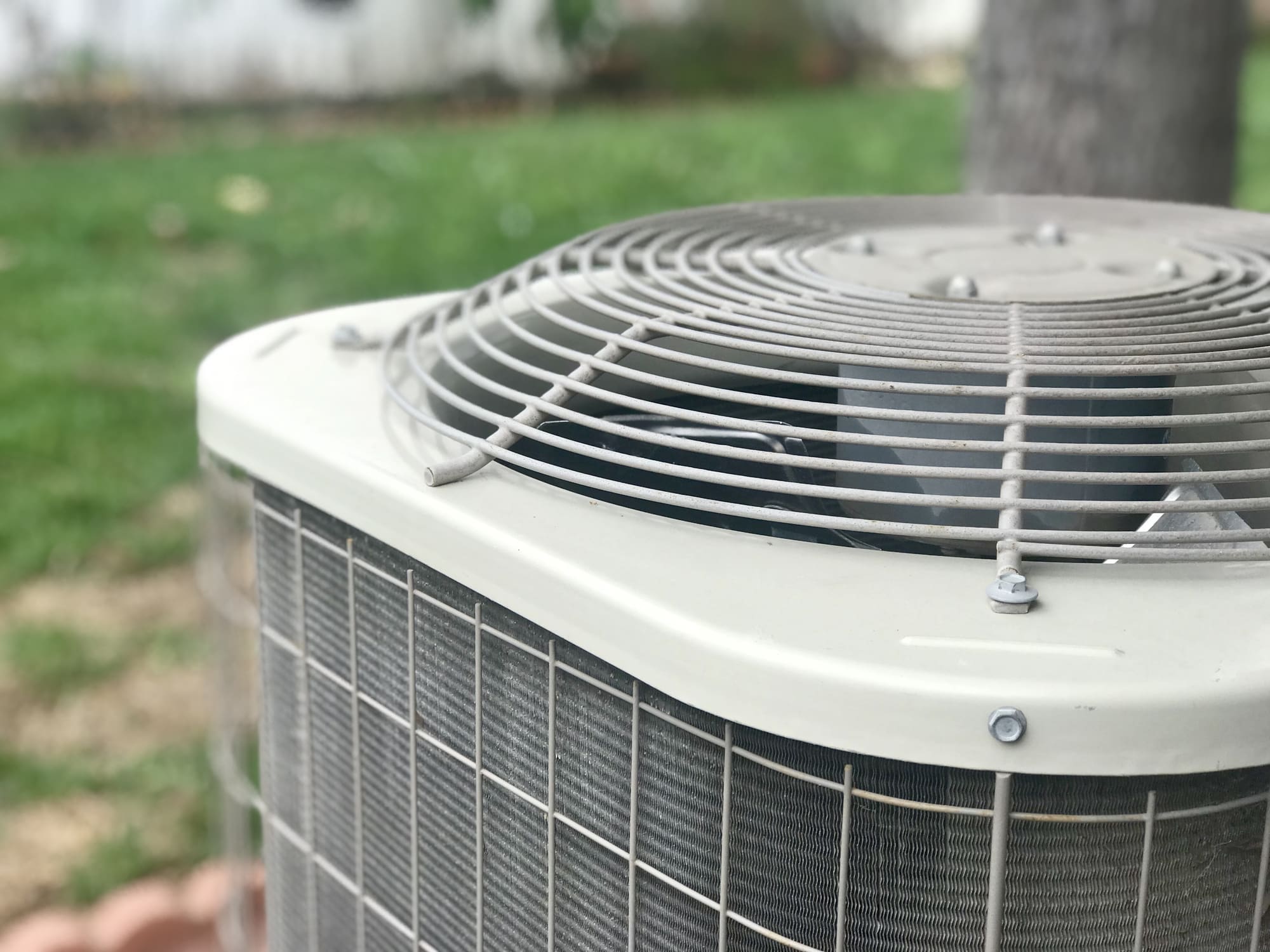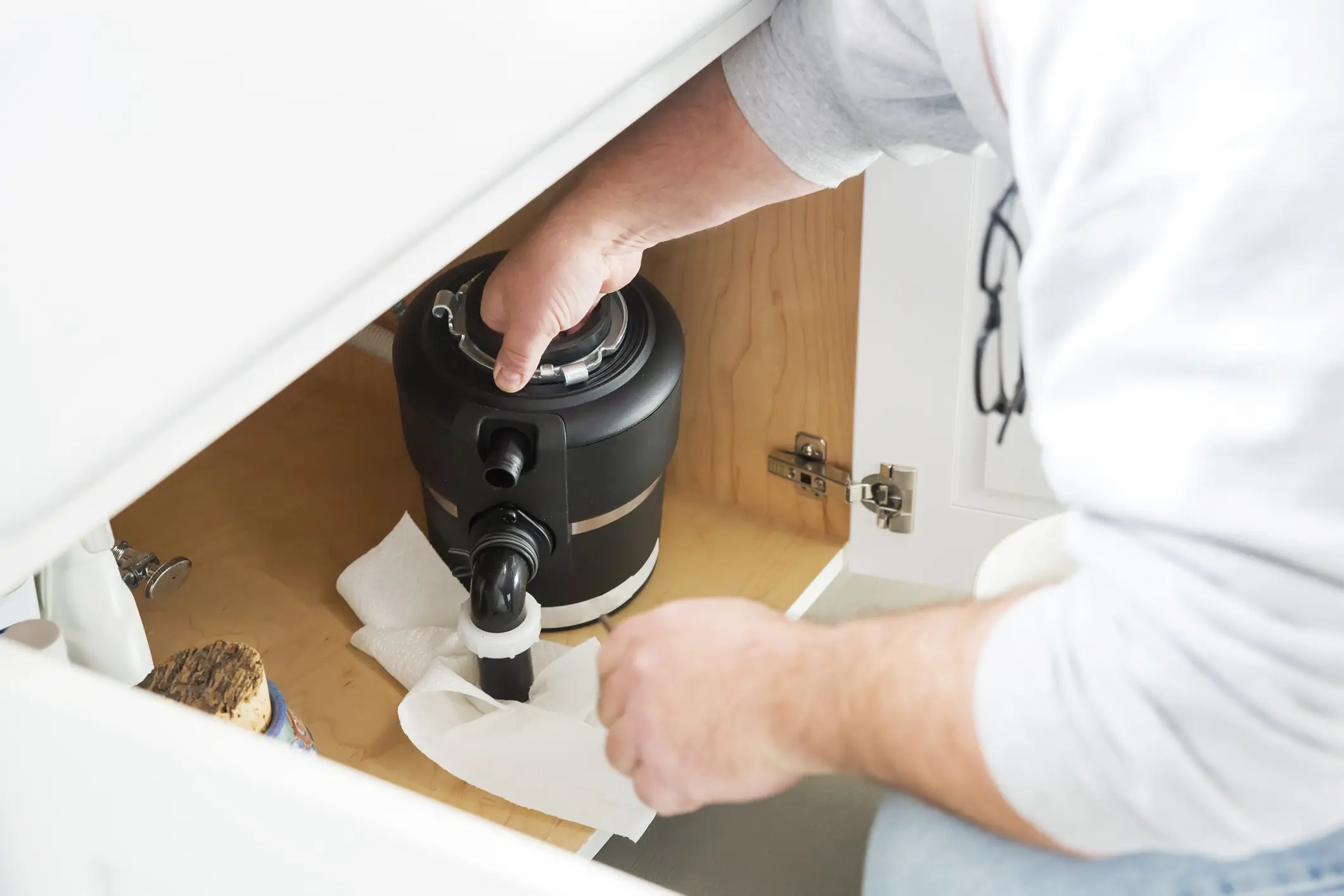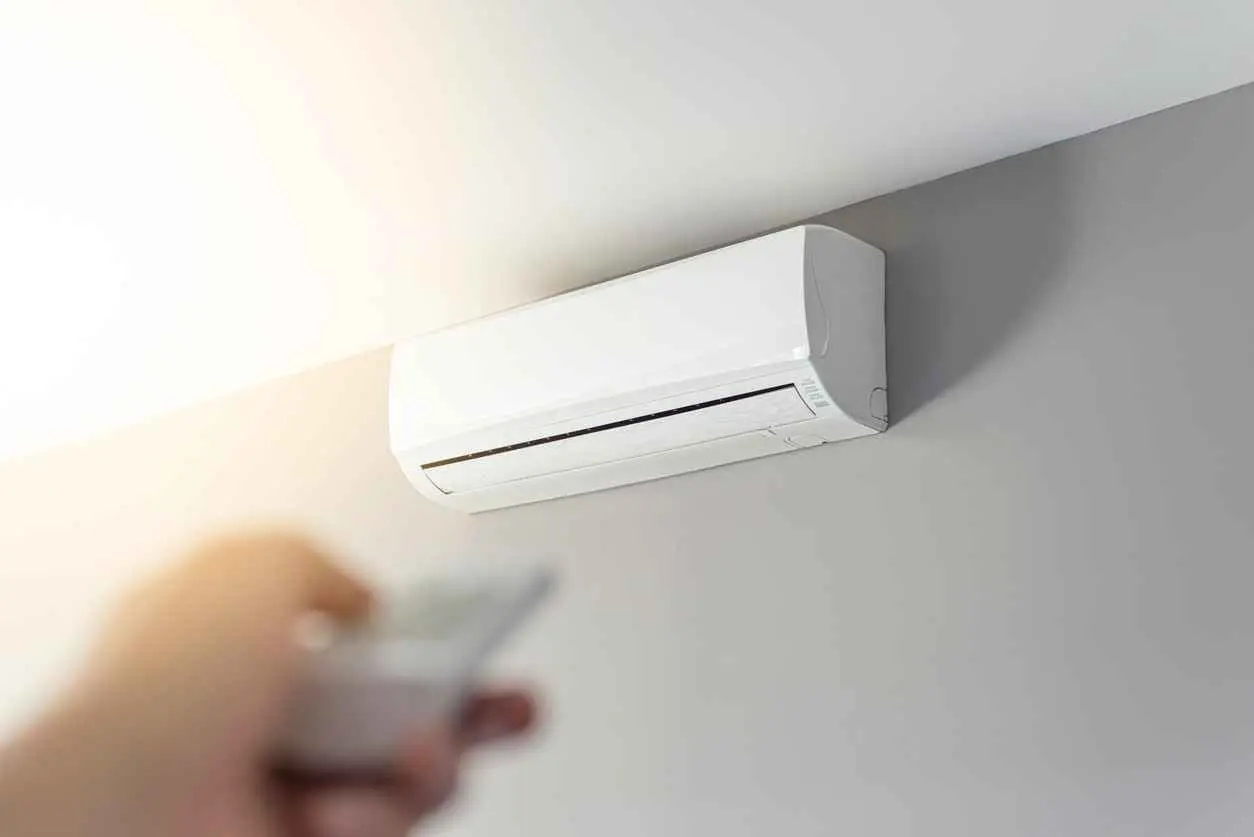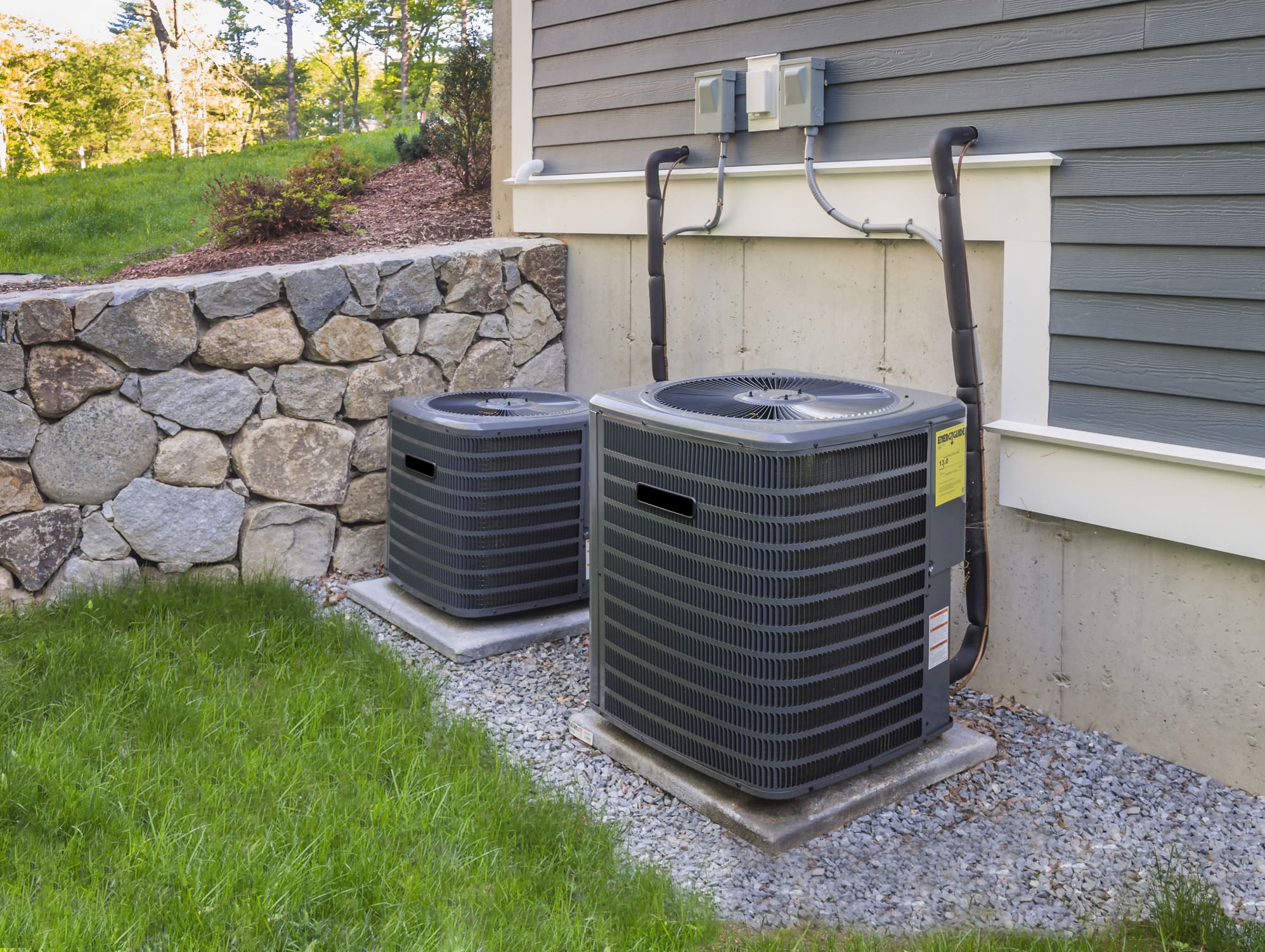Back to Blog
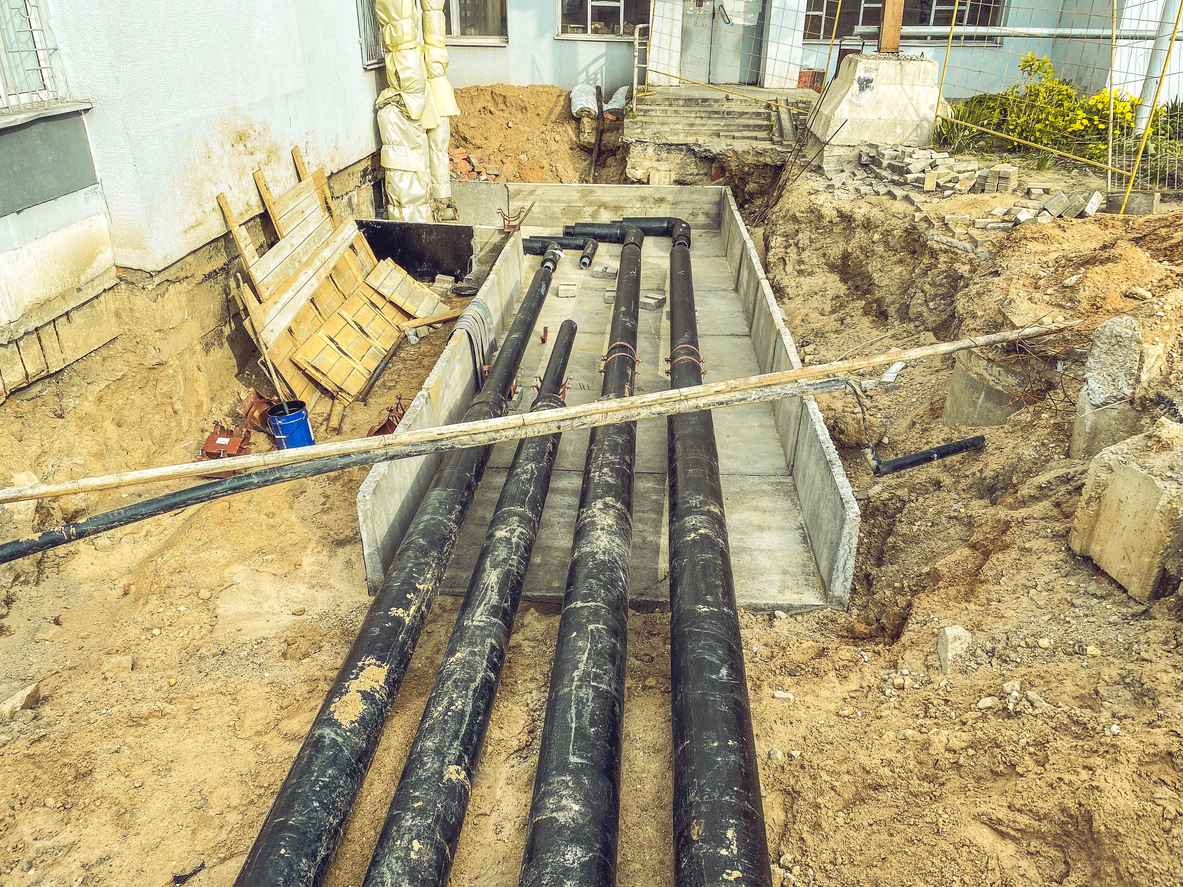
What is Trenchless Sewer Repair?
Beneath the surface of our homes lies a complex network of sewer lines, silently performing a crucial role in waste disposal. When these underground systems encounter issues, traditional repair methods often involve extensive digging and disruption. Trenchless sewer repair is a revolutionary solution transforming the landscape of plumbing and infrastructure maintenance.
From the basic principles that underpin this method to the advantages it offers over conventional approaches, Lickety-Split will explore the ins and outs of trenchless sewer repair, providing you with a comprehensive understanding of this cutting-edge solution. Keep reading to learn more about this innovative technology.
How Does Trenchless Sewer Repair Work?
Trenchless sewer repair is a revolutionary method that allows for the restoration of underground pipes without the need for extensive excavation. This innovative technique is a game-changer, offering a more efficient and less disruptive alternative to traditional methods. Here’s a breakdown of how trenchless sewer repair works:
Assessment and Inspection
The process begins with a thorough assessment of the sewer system. Advanced technologies such as video cameras are often employed to inspect the interior of the pipes, identifying the location and nature of the problem, whether it’s a crack, corrosion, root intrusion, or a complete collapse.
Cleaning and Preparation
Before repair work begins, the affected pipe is typically cleaned using hydro-jetting or other suitable methods. This ensures that the pipe is free from debris, allowing for a clear view of the issues and facilitating the repair process.
Cured-In-Place Pipe (CIPP) Lining
One common trenchless method is the Cured-In-Place Pipe (CIPP) lining. In this technique, a flexible resin-saturated lining material, such as a fiberglass mat, is inserted into the damaged pipe. This lining is positioned using various methods, such as inversion or pneumatic pressure, and it conforms to the contours of the existing pipe.
Inflation and Curing
Once the lining is in place, it is inflated or pressed against the inner walls of the damaged pipe. The resin is then cured or hardened using heat, ultraviolet light, or other curing methods. This creates a seamless and durable new pipe within the existing one, effectively eliminating cracks, leaks, and other structural issues.
Pipe Bursting
Another trenchless method is pipe bursting, which is employed in cases of severe damage or when the existing pipe needs complete replacement. In this process, a specialized bursting head is pulled through the damaged pipe, breaking it apart. Simultaneously, a new pipe, typically made of high-density polyethylene (HDPE), is pulled into place behind the bursting head, effectively replacing the old pipe.
Minimal Excavation
While the term “trenchless” implies a lack of digging, some methods may still involve minimal excavation, such as creating access points for equipment. However, these disruptions are significantly reduced compared to traditional open-cut methods.
Seamless and Durable Results
Once the trenchless repair is complete, the result is a seamless and durable pipeline that often exceeds the longevity of the original pipe. The rehabilitated sewer system is now ready to function optimally without the need for extensive disruption or downtime.
What are the Benefits of Trenchless Sewer Repair?
Trenchless sewer repair offers a multitude of benefits that make it an increasingly popular and preferred choice for addressing underground pipe issues. Here are some key advantages:
Minimal Disruption
Trenchless methods significantly reduce the need for extensive excavation. This means there is minimal disruption to landscapes, driveways, sidewalks, and other structures. Homeowners and businesses can avoid the headaches associated with traditional open-cut methods that often require large trenches and can disrupt daily activities.
Faster Repairs and Reduced Downtime
Trenchless techniques are generally quicker than traditional methods. The absence of extensive digging means that repairs can be completed faster, reducing downtime for businesses and minimizing inconvenience for residents. This is particularly crucial in urban areas where time-sensitive repairs are essential to maintaining the flow of daily life.
Cost-Effective
While the initial cost of trenchless sewer repair may be higher than traditional methods, the overall cost tends to be lower when considering factors like reduced labor, equipment, and restoration expenses. Additionally, the faster completion time can contribute to cost savings.
Environmentally Friendly
Trenchless methods are more environmentally sustainable. They minimize soil disruption, reduce the need for hauling away large amounts of excavated material, and lower the carbon footprint associated with construction activities. This eco-friendly approach aligns with the growing emphasis on sustainable construction practices.
Long-Lasting Results
Trenchless repairs often result in a new pipe system that is durable and resistant to common issues such as corrosion and root intrusion. Many trenchless techniques, such as Cured-In-Place Pipe (CIPP) lining, create a seamless and jointless pipeline that can enhance the longevity of the rehabilitated sewer system.
Trenchless Sewer Repair Services in Jacksonville and St. Augustine
Lickety-Split offers premier trenchless sewer repair services. Trust our team to transform the way you approach sewer repairs – because when it comes to your pipes, we believe in delivering results that last. Contact us today to experience the benefits of cutting-edge trenchless solutions tailored to the unique needs of Jacksonville and St. Augustine communities.

Home Services You Can Trust
When solving problems in your home, you want the people you trust most to be on the job.
Click to Call

